Home \ International \ Urban motorway rehabilitation with the InLine-Pave method from Vögele
Urban motorway rehabilitation with the InLine-Pave method from Vögele
09/02/2024
Pubblicato da Ettore Zanatta
In order to rehabilitate this section of the busy urban motorway to a high standard as quickly as possible while conserving resources, the contractor decided to use two InLine Pave paving trains from Vögele.
A section of the southern part of Berlin’s orbital road needed renewing as a result of severe rut formation. In order to rehabilitate this section of the busy urban motorway to a high standard as quickly as possible while conserving resources, the contractor decided to use two InLine Pave paving trains from Vögele. These paved the surface and binder courses ‘hot on hot’ and ‘hot to hot’ in seamless succession. This not only improved the quality of the road surface and its resistance to deformation, but also saved time, cut costs, conserved valuable resources and reduced the overall CO₂ emissions.
At the Ludwigsfelde-West intersection, the A10 motorway, which belongs to the southern part of Berlin’s orbital road, is subjected to extreme loads due to heavy traffic. As the pavement had become severely rutted, the surface and binder courses needed renewing on a section with a length of 4.2 km (2.6 miles) and a width of approximately 15 metres (49.2 feet). This placed extreme demands on the paving process: to prevent ruts forming again, the new roadway had to be paved to high standards in terms of quality, load-bearing capacity and durability. Other requirements of the project brief were the conservation of resources and the reopening of the section of urban motorway to traffic in the shortest possible time.
Consequently, the lead contractor – a consortium comprising Matthäi Michendorf and Matthäi Stendal – decided to pave ‘hot on hot’ with two InLine Pave paving trains from Vögele. Here, the material feeder, the binder course paver and the surface course paver work in line and lay down both the surface and binder courses in a single pass. This method offers a number of advantages: ‘hot on hot’ paving of the binder and surface courses guarantees optimum bonding between the two layers, which improves the quality and service life of the surface course. It also allows a reduction of the proportion of surface course to binder course material. On the one hand, due to the higher proportion of stable binder course, this improves the stability of the pavement and prevents deformation. On the other hand, the approach reduces the costs, because less binder-rich surface course material - which is much more expensive than binder course material - is required. In contrast to conventional paving, there is also no need to spray on bitumen emulsion, which saves material and simultaneously cuts CO₂ emissions and working time. ‘The InLine Pave method is ideal for highway projects in particular, as well as generally for projects requiring a particularly resilient pavement to be laid under strict time and cost constraints, and where sustainability plays an important role’, says paving foreman Frank Jilge from Mathäi.
The time window for the rehabilitation of this section of the motorway was extremely tight, as the entire section had to be renewed and then reopened to traffic within the space of just two days. In view of this, the paving team deployed two InLine-Pave trains, each made up of three machines: In each train, a high-performance MT 3000-3i Offset material feeder received the material for the binder and surface courses and conveyed it directly to the material hopper or the transfer module of the following SUPER 2100-3i IP paver at precisely timed intervals. The modified Highway Class pavers laid down a 6 cm (2.4 in) binder course and used the transfer module to pass the surface course material on to the respective SUPER 1900-3i following on behind, which then immediately paved the 2 cm-thick surface course. In order to meet the tight deadline, the two paving trains worked in parallel on two lanes, each with a width of 7.5 m (24.6 ft.).
The choice of the InLine Pave method from Vögele was also a good decision with regard to fulfilment of the quality specifications. Both the thinner surface course and the high degree of pre-compaction contributed to the high quality of the new road surface and outstanding resistance to deformation. The core component of the paving train, the SUPER 2100-3i IP paver for the binder course, was equipped with an AB 600 TP2 Plus extending screed. With a tamper bar and two pulsed-flow hydraulic pressure bars, the extending screed enables the achievement of maximum compaction values of up to 98%. This allowed the paving team to compact the binder course to an extent that makes it particularly resistant to deformation and enabled the surface course pavers that followed on behind to pave over it while the layer was still hot.
The aims of both the client and the contractor during the rehabilitation of the Berlin orbital were to utilise the machines and material as efficiently as possible and conserve valuable resources. InLine-Pave was also a convincing method in this respect: ‘Hot on hot’ paving eliminated the need for the bitumen emulsion tack coat used in conventional paving, which in turn saved material and costs, reduced the CO₂ emissions generated during production and paving and the additional working time otherwise required. A further factor was that Matthäi uses all the machines of the IP paving trains as standard equipment on other projects, which enables them to maximise their utilisation. The only modification required before use on conventional paving projects is the removal of the binder course paver’s transfer module.
The project on the Berlin orbital toad was a success: Matthäi was able to meet the deadline and complete the project in only two days. ‘While every job site presents fresh challenges, at least the paving method was a tried and tested one for us’, says Jilge. ‘We have been taking advantage of the particular benefits of InLine Pave technology from Vögele since 2004.’

Ultime notizie di Wirtgen Macchine

Earthmoving Machinery
21/11/2024
Kleemann: New compact crusher used for recycling
Impact crusher MOBIREX MR 100i NEO impresses during operatio...

Road Machinery
04/11/2024
Wirtgen: Widening of the Ruta 5 highway from Montevideo to the Brazilian Border
Efficient concrete paving solutions from Wirtgen ensure the...
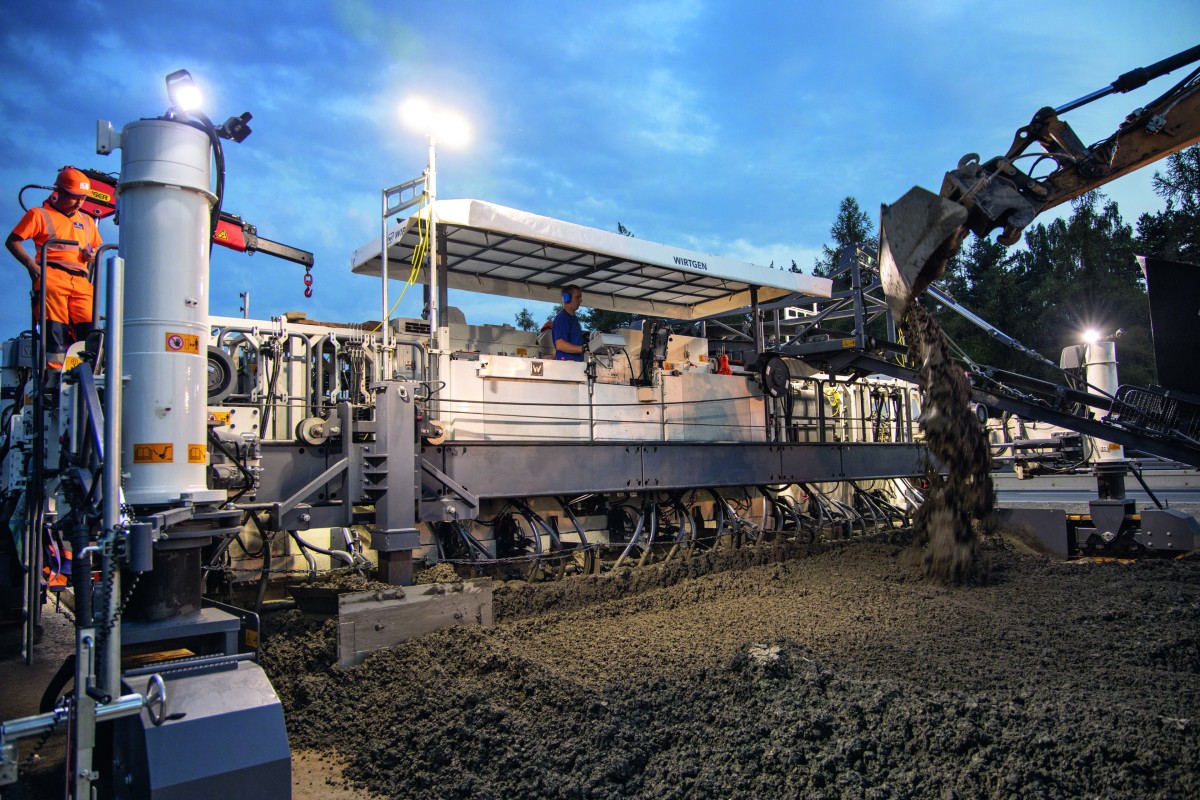
Road Machinery
31/10/2024
Wirtgen: Concrete paving with inset slipform pavers
Wirtgen has been offering machines for inset slipform paving...
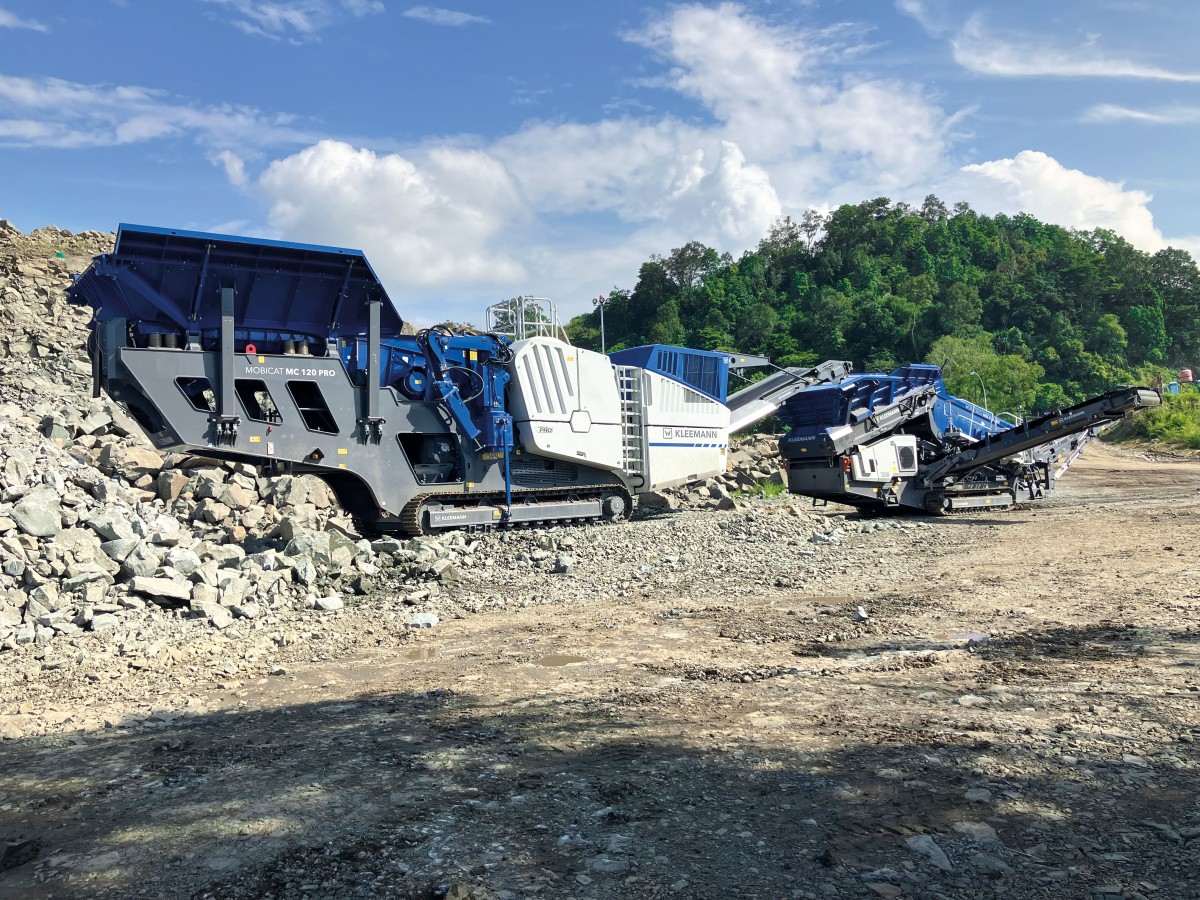
Earthmoving Machinery
28/10/2024
Kleemann: Andesite processing in Indonesia
A MOBICAT MC 120 PRO and a MOBISCREEN MSS 802 EVO are deploy...
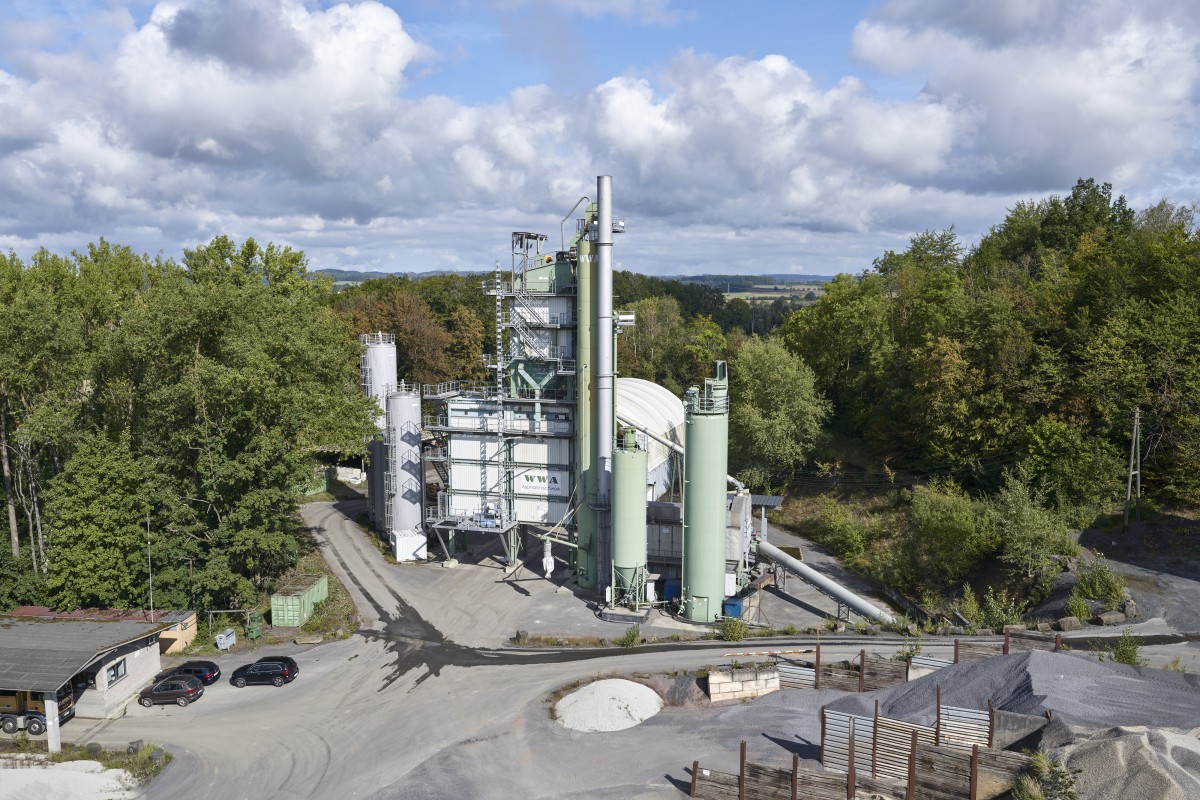
Earthmoving Machinery
24/10/2024
Benninghoven's REVOC system proven in practice
The REVOC Retrofit solution has been installed at an existin...
Road Machinery
01/10/2024
The Wirtgen Group at Paving Expo 2024
The Wirtgen Group presents groundbreaking technologies at Pa...
Altri International
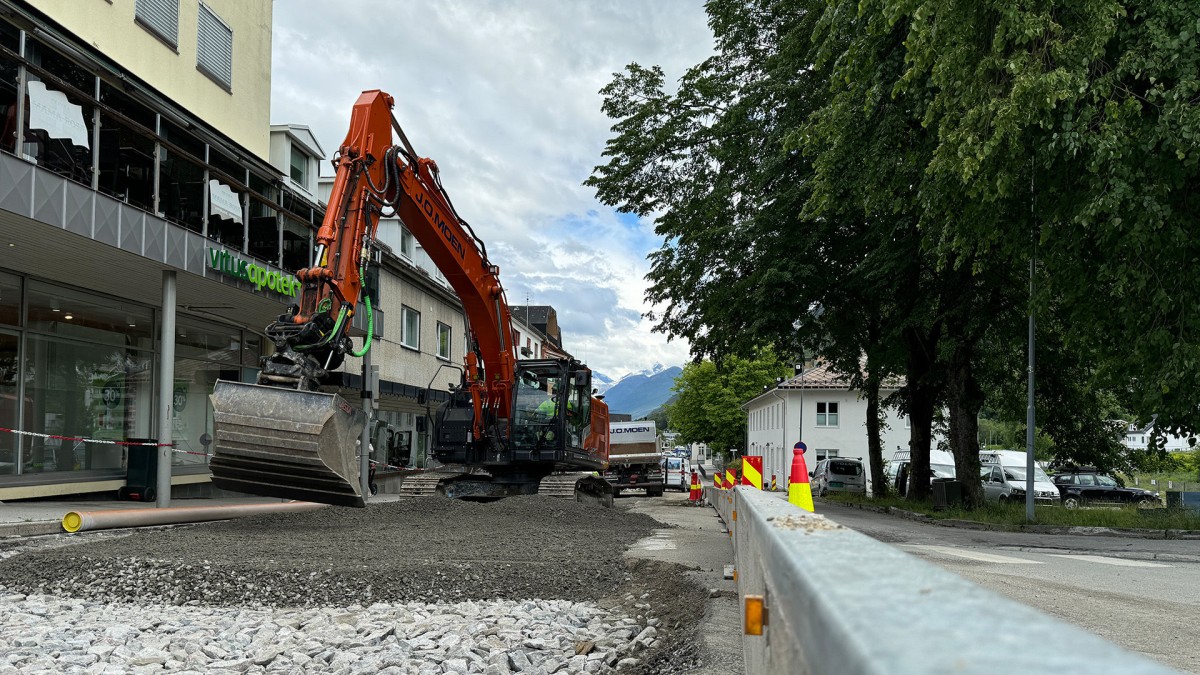
International
28/11/2024
Hitachi's Zaxis-7 excavator is a favourite for Norwegian family-business
Norwegian family business JO Moen AS has added a ZX225USRLC-...
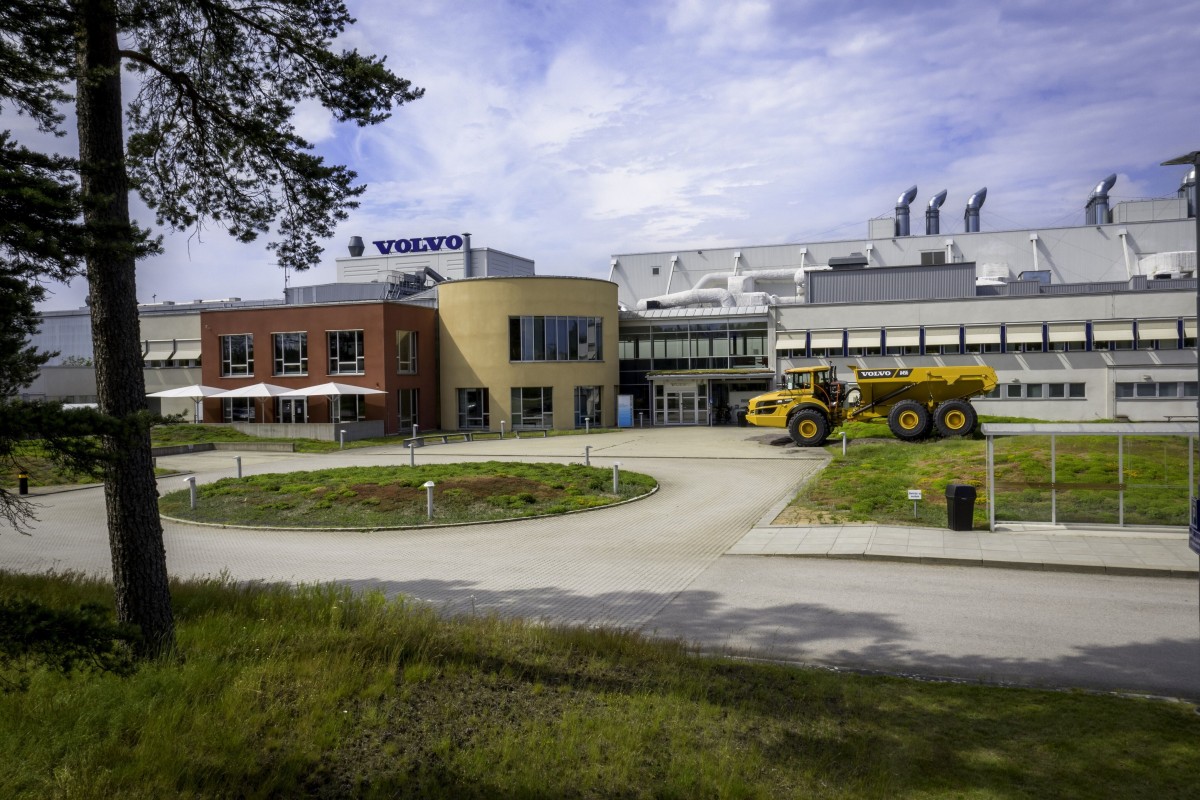
International
27/11/2024
Home of Volvo Construction Equipment’s pioneering articulated haulers advances to Climate Efficient Site
As one of the construction industry’s most active drivers of...
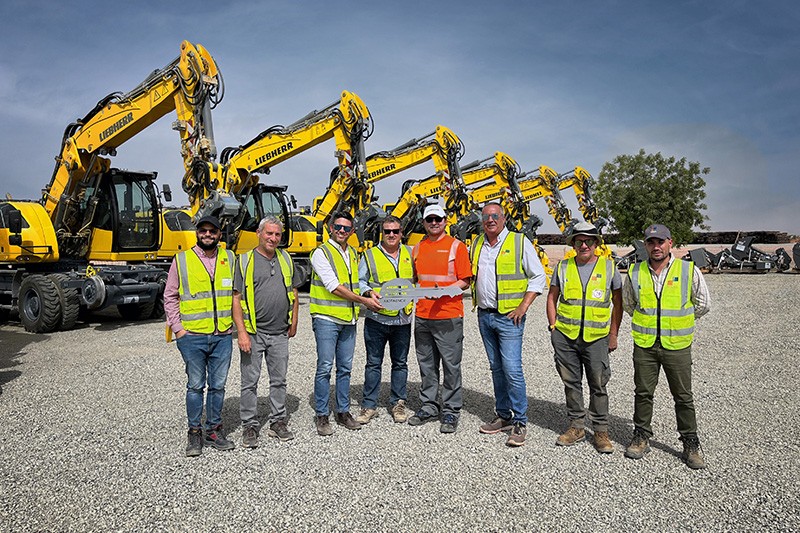
International
26/11/2024
Mota-Engil orders 10 Liebherr railroad excavators for a major project in West Africa
The Portuguese construction company Mota-Engil has once agai...
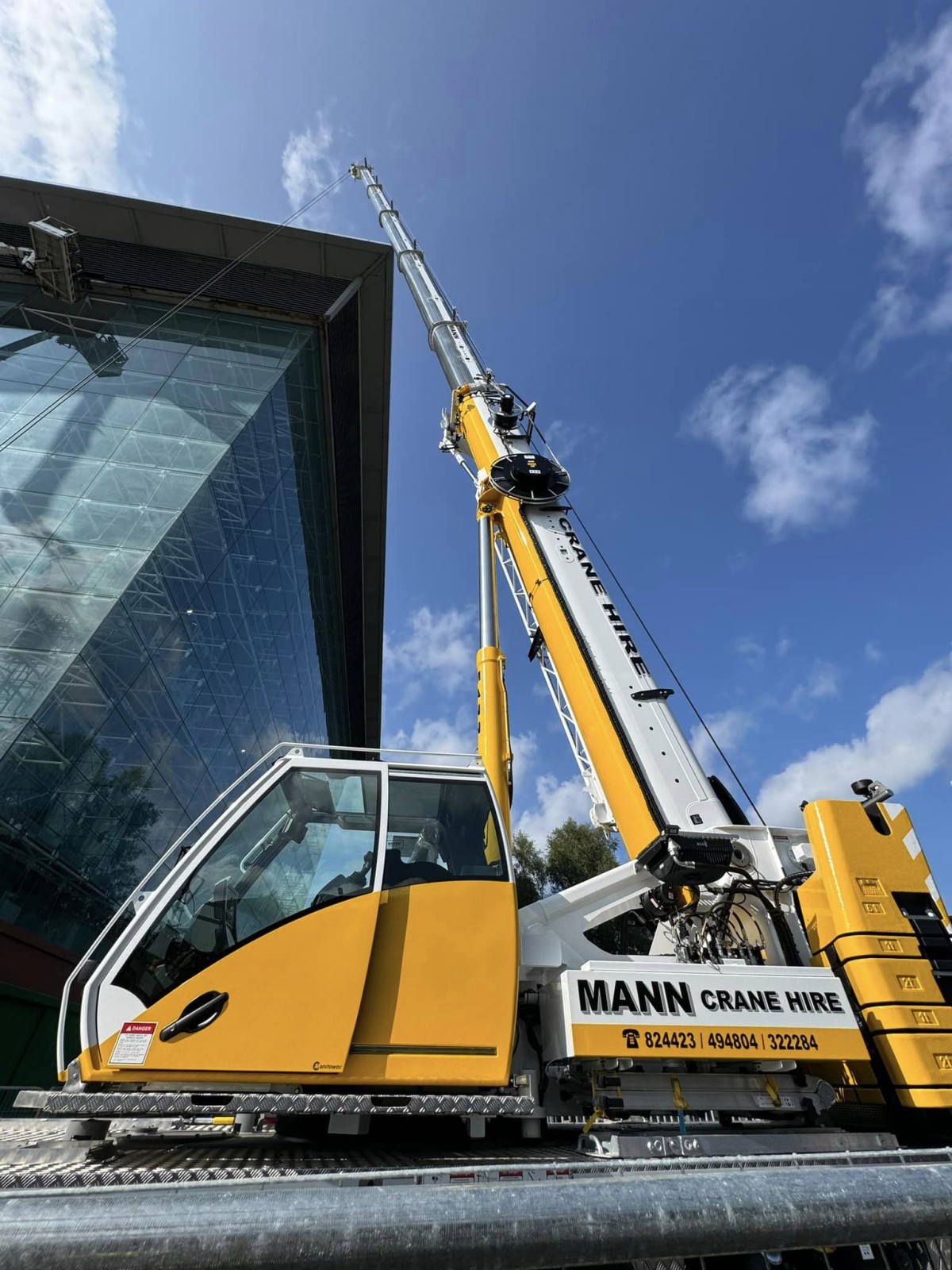
International
25/11/2024
New Grove GMK3060L-1 drives busy schedule for Mann Crane Hire
• Mann Crane Hire selected the GMK3060L-1 for its class-lead...
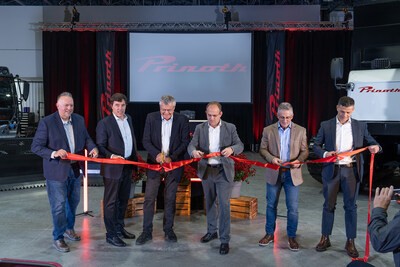
International
25/11/2024
Prinoth Unveils Expanded Production Facility in Granby, Canada
Prinoth held an event to announce the official opening of it...

International
23/11/2024
GPMat International takes delivery of two Raimondi T147s residential development in the South of France
- Official agent of France expands its product lineup with t...











































